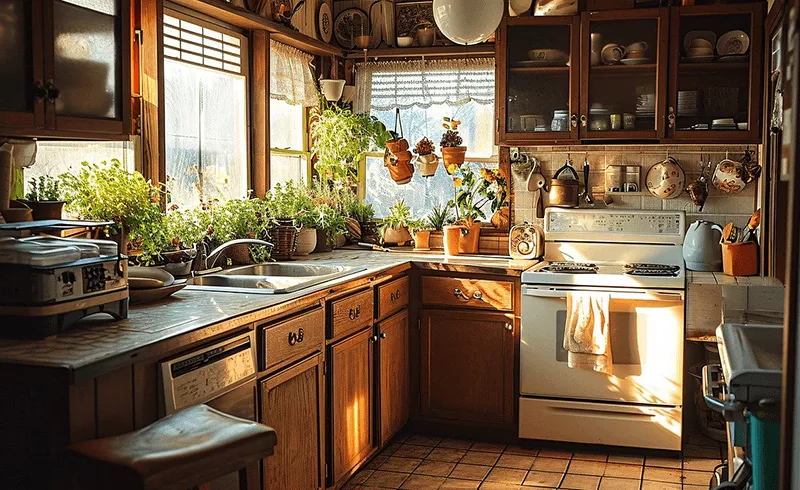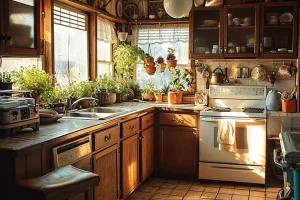
The simple answer is yes! There's something timeless and comfortable about a kitchen adorned with wooden cabinets. They provide a warm, inviting atmosphere that is almost impossible to replicate. However, even the most well-loved and meticulously maintained wooden cabinets can look outdated or worn out over the years. During such times, homeowners frequently ask one essential question: Can wooden kitchen cabinets be painted?
You can breathe new life into your kitchen by painting your old wooden cabinets, drastically transforming their appearance while retaining their structural integrity. This article will guide you through the process and illuminate everything you need to know about painting wooden kitchen cabinets.
The Benefits of Painting Wooden Kitchen Cabinets
Before delving into the procedure, it's worth understanding why painting your wooden kitchen cabinets could be beneficial.
1. Cost-Saving: Replacing old cabinets with new ones can be costly, often running into thousands of dollars depending on the quality of woodwork you choose. In contrast, painting offers a far more budget-friendly alternative.
2. Time-Efficient: While an entire cabinet replacement process may take weeks to months, disrupting daily life, repainting can typically be completed within a few days or a week.
3. Versatility: When you paint your wood cabinets, you're no longer limited to basic wood tones. You have an entire spectrum of colors, allowing for greater creative freedom and personalization.
4. Environmental Factor: By choosing to repaint instead of replacing your cabinets completely, fewer materials are wasted and end up in landfills, making this process environmentally friendly.
The Painting Process
Now that we've explored the benefits, let's understand how one should go about painting wooden kitchen cabinets:
1. Preparation Stage: The first step always involves preparing your workspace for minimal disruption and messiness during the painting process.
- Remove Hardware and Doors: Start by removing the hardware (drawers, knobs, and hinges) from the cabinets. Set them aside if they're going to be reused.
- Clean the Surface: Once the cabinet doors are off, thoroughly clean all surfaces to remove residual grease or dirt.
2. Sanding: Sanding is crucial to ensuring that your paint job lasts. It allows for better paint adhesion and removes existing finishes or blemishes. Remember to wipe away the dust before moving on to the next step.
3. Priming: If your wooden kitchen cabinets were previously painted or have a glossy sealed finish, you should use a primer. Primers also help provide an even base for further coats of paint.
4. Painting: Once all surfaces are sanded and primed, you can start painting your cabinets. In most cases, two coats of paint will give you a solid finish, but remember to always wait for each coat to dry fully before applying the next one.
5. Reassembly: After your final coat has thoroughly dried off—usually after 24 hours—you can replace any hardware and reattach your cabinet doors.
Painting wooden kitchen cabinets is not only possible but an affordable home improvement project that can significantly change your kitchen's overall aesthetics. However, it's essential to understand that while this task might sound manageable—it requires careful planning and preparation for best results.
If you're not confident about undertaking this project, professional painters who specialize in cabinetry projects are just a call away, taking it off your hands entirely. Whether you decide on a DIY route or hire professionals, remember—the potential of wooden kitchen cabinets extends far beyond traditional wood tones!

James Smith is our editor. He is an accomplished and versatile news writer with over a decade of experience covering a wide range of topics, including politics, business, and real estate. Throughout his career, James has been dedicated to uncovering the truth and presenting unbiased, factual reporting to his audience.



